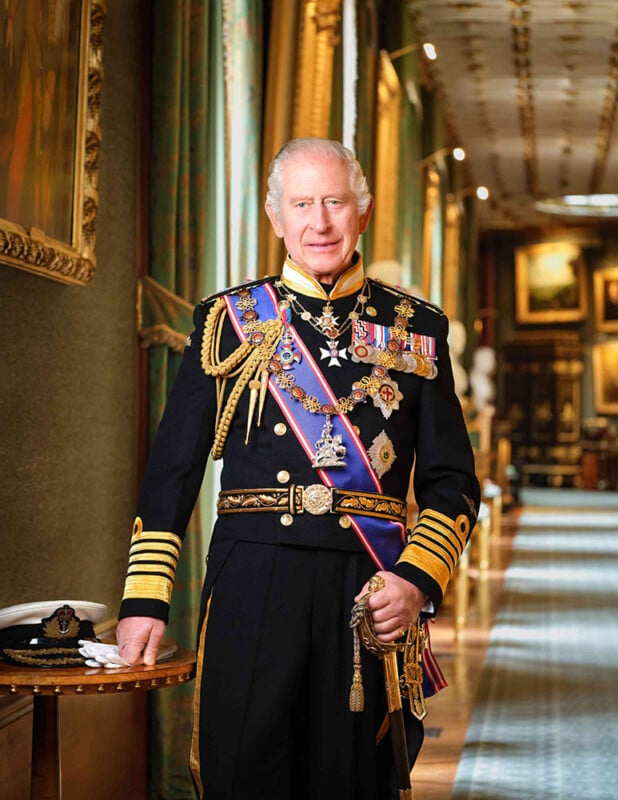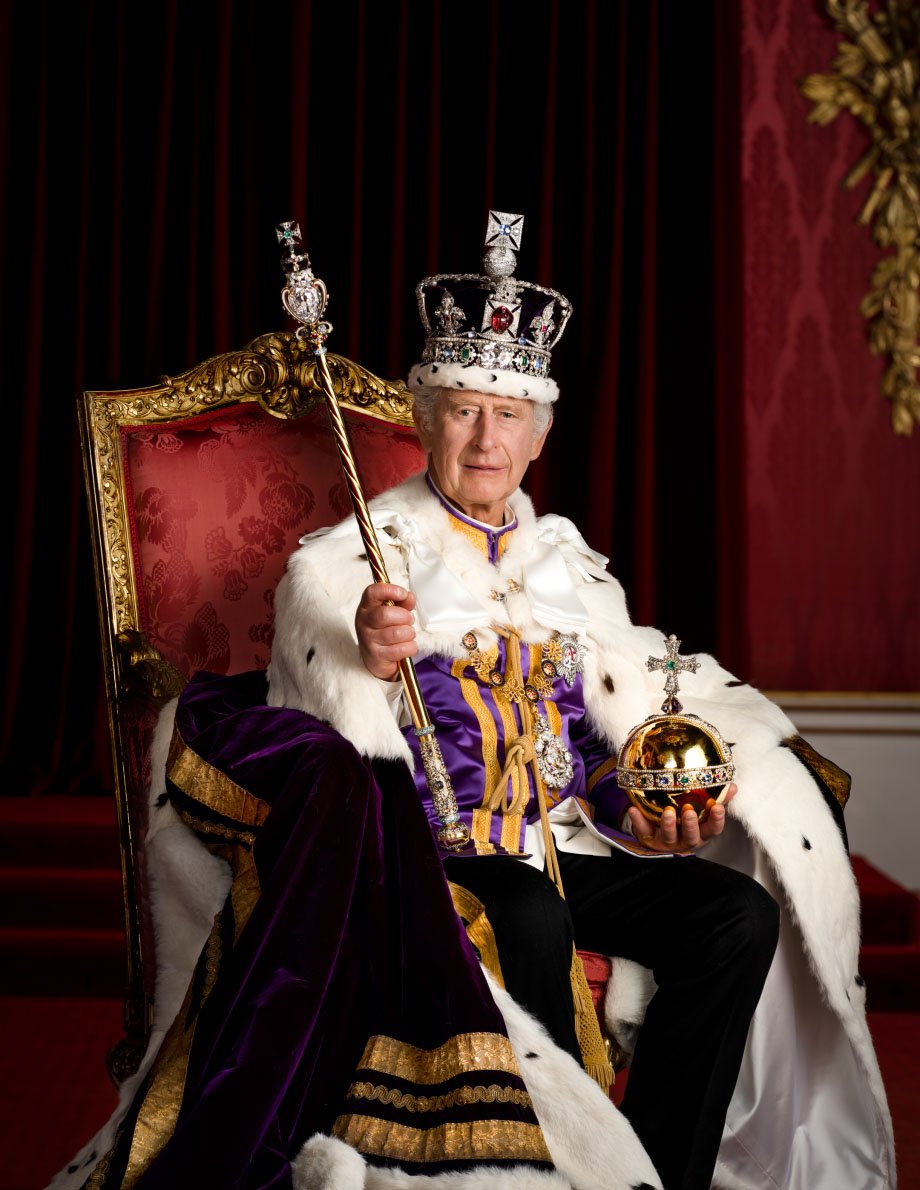Free Portrait of King Charles Rejected by 46,000 Institutions in UK

A scheme in the UK to hang the king’s portrait in public buildings has fallen spectacularly flat after 70% of eligible bodies rejected a photo of Charles III.
The official portrait, taken by photographer Hugo Burnand in Windsor Castle, shows the king in naval uniform — adorned on his suit are medals and honors.
The portrait was offered free of charge to town halls, hospitals, universities, coastguards, and many more civic spaces. However, from the roughly 66,000 institutions that were offered the photo, only 31 percent — 20,000 — accepted the offer.
A whopping 46,000 declined the visage of Charles with hospitals (3% uptake), universities (7% uptake), and churches (25%) among the lowest affirmatives.
The information came to light via a series of freedom of information requests from The Guardian, a decidedly republican newspaper, which says the large volume of refusals is linked to the monarchy’s increasing unpopularity.
“The fact that hospitals haven’t unanimously requested portraits suggests there’s a disconnect between the monarchy’s public image when it seeks to nurture relationships with public institutions like NHS hospitals and their actual relationship with the monarchy,” Dr Ed Owens, a royal historian, tells The Guardian.
“If we were to go back 100 years, you’d almost certainly see a picture of the king in most public and many private institutions and many private homes as well. In terms of the significance of this particular figure to ordinary people’s lives, I think it is very telling.”
The free portrait scheme has been criticized for its cost; British taxpayers have forked out over £2.7 million ($3.6 million) installing the monarch’s picture for the 31% of institutions that wanted it.
The government declined to reveal exactly which institutions took up the portrait, arguing that the disclosure would “likely trigger questions about why certain organisations requested the portrait and (by extension) why others did not.”
“The public may have an interest in knowing which institutions applied for the King’s portrait,” the government says in its freedom of information response to The Guardian.
“However, the likely motivation behind such interest may focus more on identifying which organisations did not apply rather than understanding government decision making or policy effectiveness. This type of scrutiny does not necessarily serve a broader public interest and could unfairly single out institutions for criticism over a discretionary decision that does not impact their ability to provide public services. This type of negative attention could discourage organisations from engaging in similar schemes in the future due to negative media coverage or reputational harm.”

Photographer Hugo Burnand is the only portrait photographer to hold a Royal Warrant, a mark of recognition for a person who regularly supplies services to the Royal Household; ergo, he is the only eligible photographer for royal portraits.
Burnand took the official portraits for King Charles III’s coronation, calling it “the biggest commission of my life.”